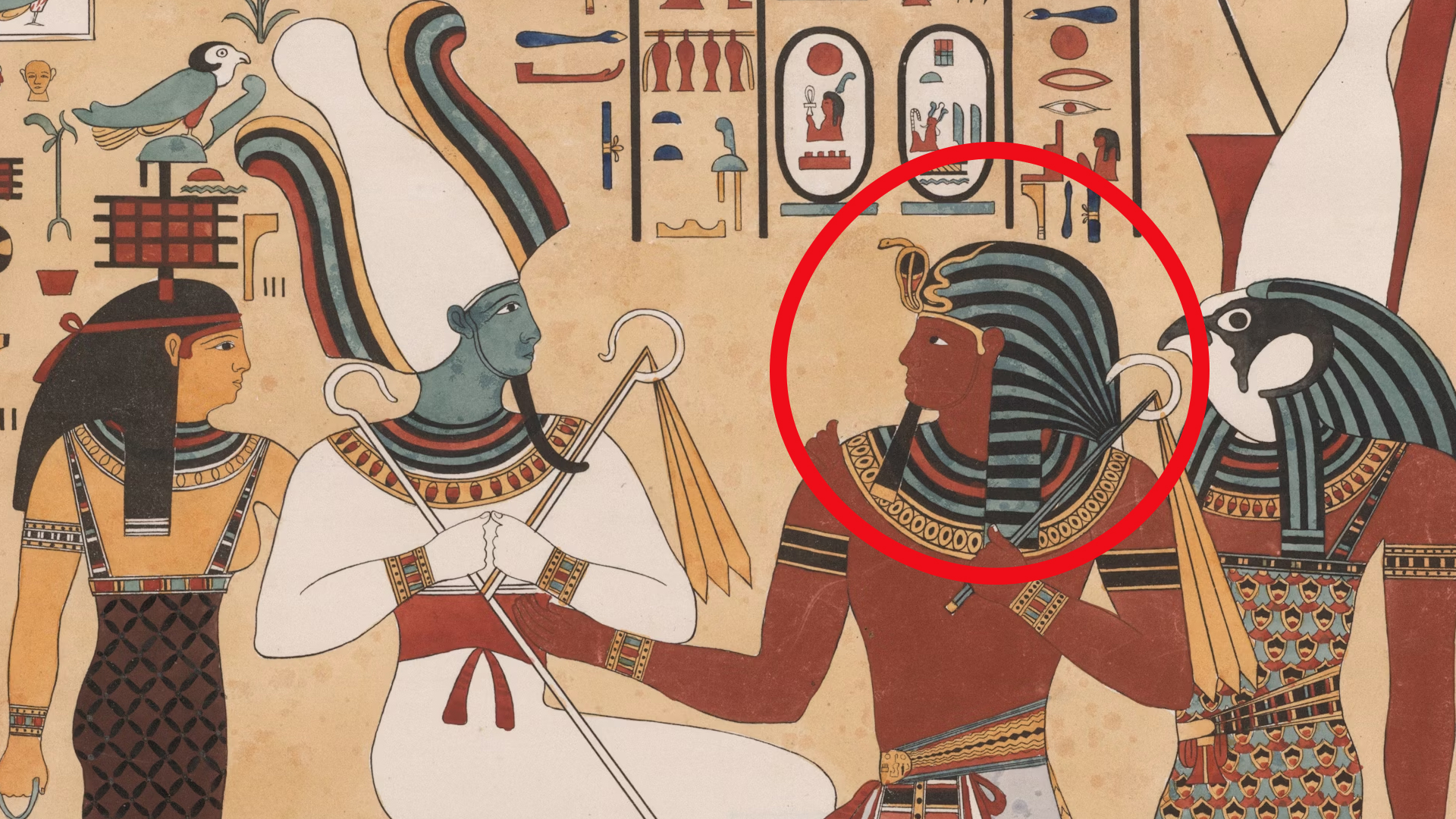Few institutions hold as much global prestige and controversy as the British Museum. Behind its grand façade lies a collection shaped not only by curiosity but also by conquest. Interestingly, many of its most famous pieces were taken during centuries of empire-building, yet they still sit behind glass in London.
So, let’s find out why the museum refuses to return what so many call stolen history.
A Legacy Built On Empire
Founded in 1753, the British Museum quickly became a symbol of imperial power. Its early curators collected artifacts through explorers, soldiers, and diplomats who roamed the expanding British Empire. Every acquisition was framed as preservation, but for many nations, it represented cultural theft.
For instance, the Elgin Marbles tell one of the most debated stories. Removed from the Parthenon in Athens in the early 1800s, they’ve remained in Britain ever since. Greece insists they were stolen under foreign occupation, while the museum claims they were legally obtained through Ottoman permission—a defense still disputed by historians. The same shadow hangs over the Benin Bronzes, seized by British troops in 1897 after they destroyed the royal palace of Benin, now in Nigeria.
The museum argues that it protects global heritage for all humanity, describing itself as a “universal museum.” It insists that returning objects could fragment history and deprive millions of access to the world’s shared story. Yet critics call this reasoning colonial thinking disguised as preservation, questioning who gets to decide what “universal” truly means.
The Law, The Ethics, And The Pressure
Surprisingly, the British Museum’s hands are tied by the British Museum Act of 1963, which prevents it from permanently removing most items in its collection. Even if curators wanted to return artifacts, they would require new Parliamentary legislation. Still, other nations like France and Germany have started repatriating looted treasures, setting a new moral standard that Britain increasingly struggles to meet.
Public pressure is growing. Activists and cultural historians continue to call out the hypocrisy of displaying plundered artifacts in the name of education. In 2023, after the museum faced an internal theft scandal, critics pointed out the irony—how can an institution accused of losing its own artifacts claim to be the rightful guardian of others?
A Future Waiting To Be Claimed
The debate isn’t just about ownership—it’s about accountability. As former colonies reclaim their histories, the idea of “shared heritage” must evolve into shared responsibility. Some propose cultural partnerships, artifact rotation, or digital replicas that balance access with justice. Technology and diplomacy could bridge what the empire once divided.
For the British Museum, the choice ahead is clear: remain a fortress of empire or become a bridge of reconciliation. True guardianship means more than displaying the past—it means honoring it. And returning what was taken would not erase history, but would finally complete it.
KEEP ON READING

The Clueless Crush: How I Accidentally Invited a Hacker Into…
Fluorescent Lights and First Impressions. My name is Tessa, I'm…
By Ali Hassan Nov 4, 2025
The Greatest Tools Mankind Ever Invented
Bank Phrom on UnsplashWhile they don't always get the credit…
By Rob Shapiro Nov 6, 2025
Einstein's Violin Just Sold At An Auction—And It Earned More…
A Visionary's Violin. Wanda von Debschitz-Kunowski on WikimediaWhen you hear…
By Ashley Bast Nov 3, 2025
The Mysterious "Sea People" Who Collapsed Civilization
3,200 years ago, Bronze Age civilization in the Mediterranean suddenly…
By Robbie Woods Mar 18, 2025
20 Inventors Who Despised Their Creations
Made It… Then Hated It. Inventors often dream big, but…
By Chase Wexler Aug 8, 2025
20 Incredible Items In The British Museum People Say Were…
Mystery In History. The mighty halls of the British Museum…
By Chase Wexler Sep 8, 2025


